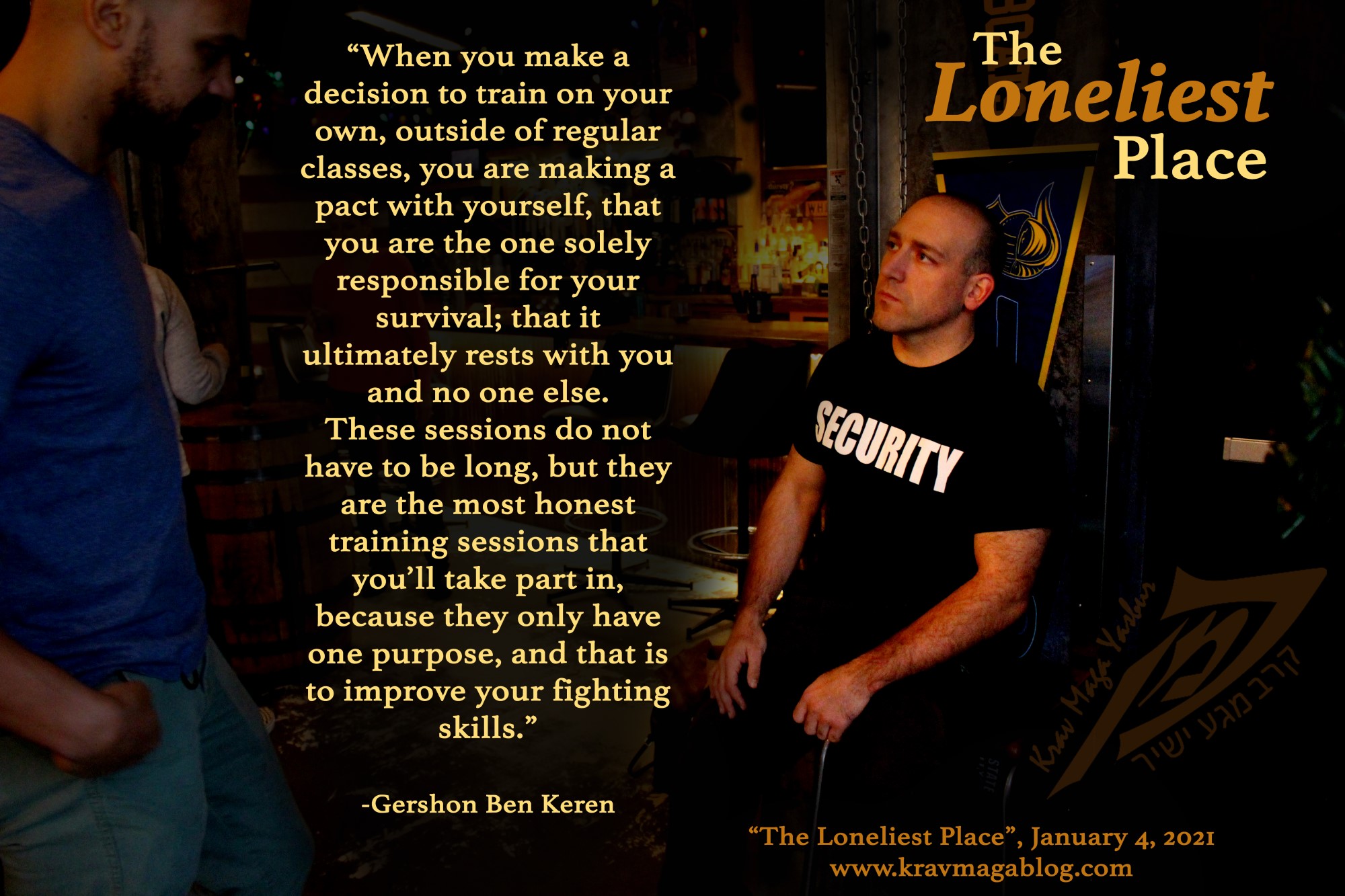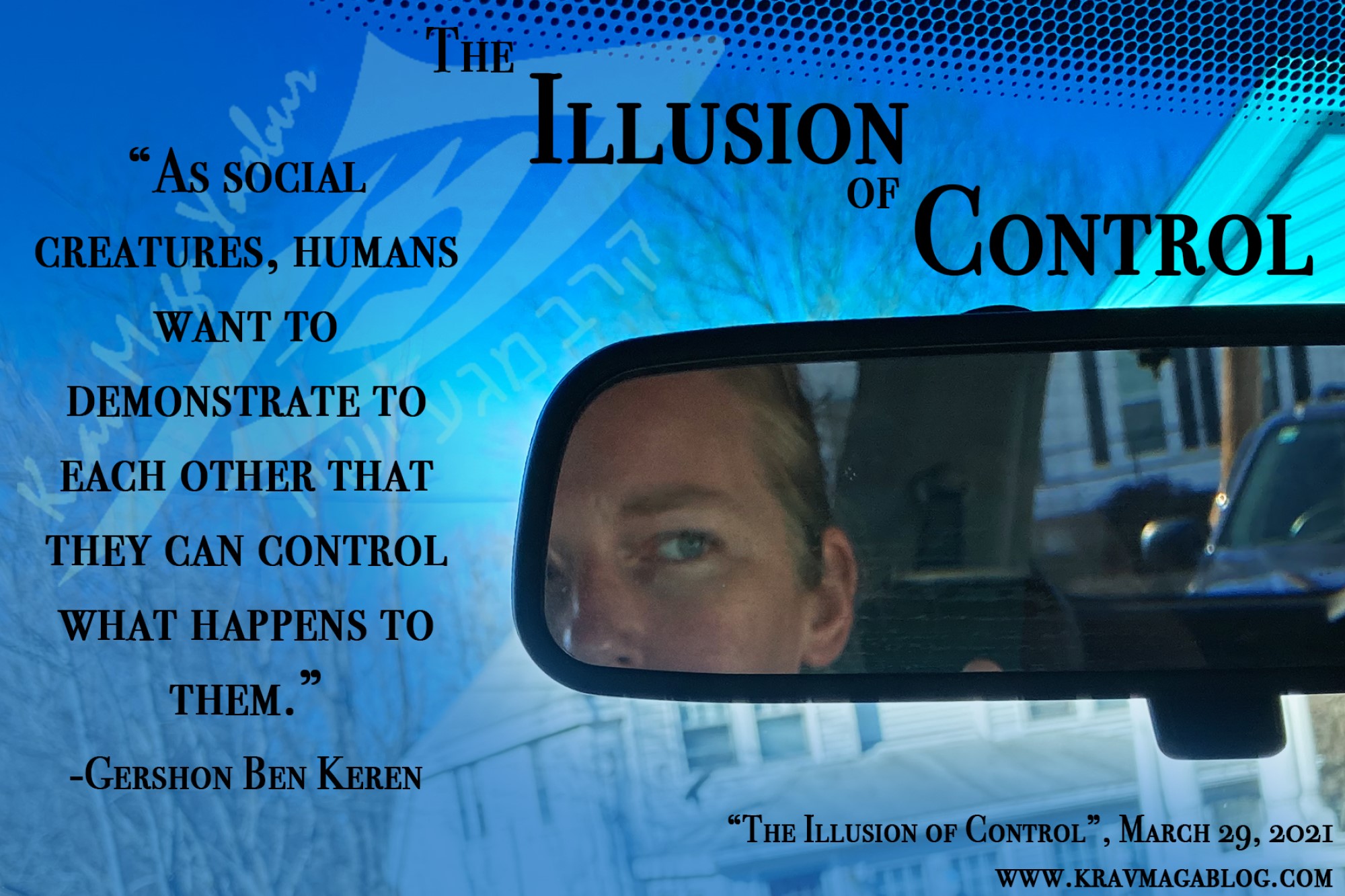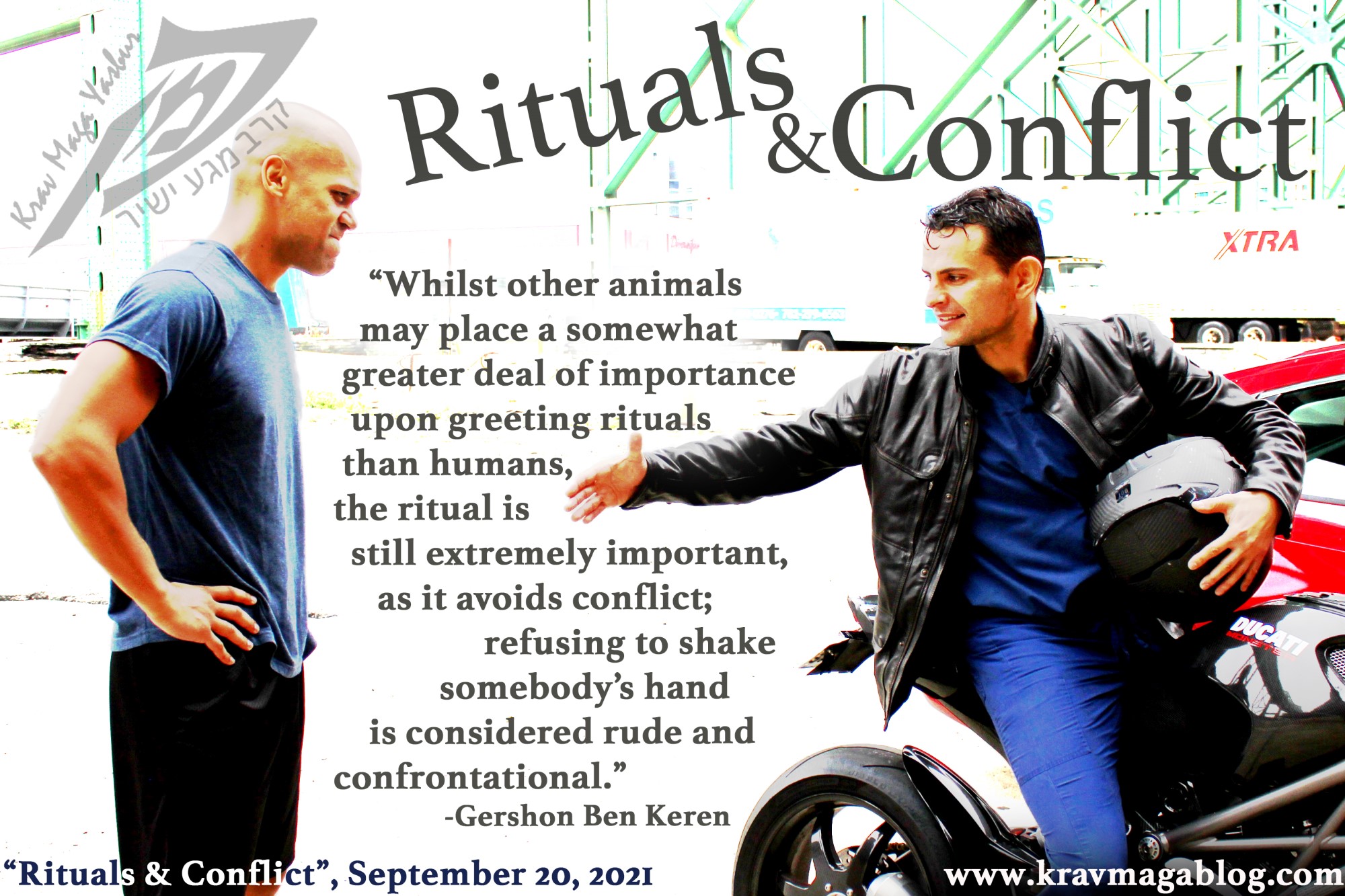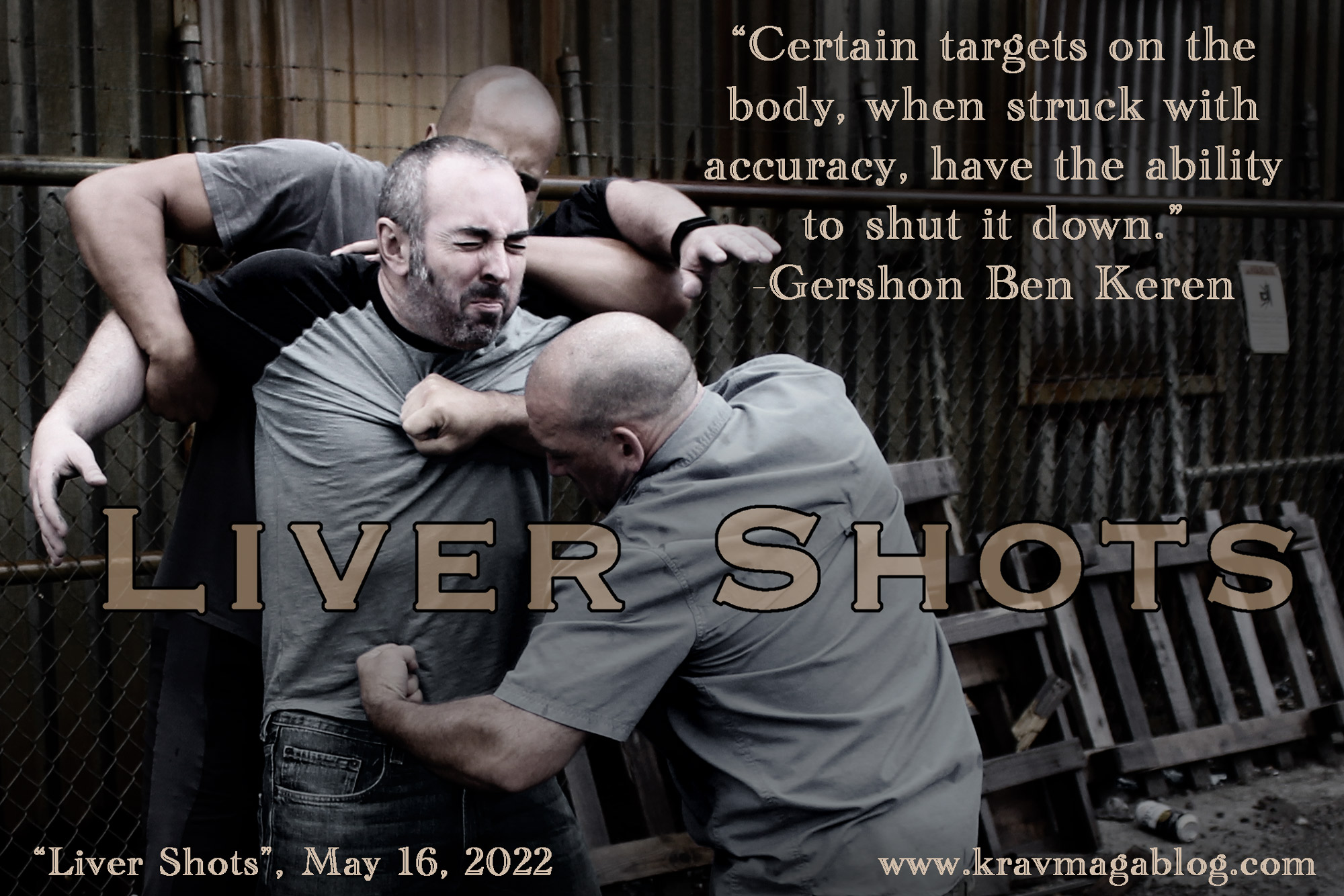Liver Shots, is an article written by Gershon Ben Keren, a 5th Degree Black Belt in Krav Maga, who teaches Krav Maga in Boston, MA. He has also authored three Amazon best-Selling Books on Krav Maga.
There is a danger that comes from focusing on headshots, which unfortunately many people do, prizing concussive strikes and punches above all others. By searching for the “elusive” knockout punch to end the fight, other opportunities that could equally finish the fight, such as liver, spleen and kidney shots may be missed. Also, by focusing almost exclusively on the head, people will often forget to defend these targets, usually whilst they can imagine the results of a concussive strike, they’ve never experienced a devastating body shot, and so fail to protect these areas and organs e.g., when they raise their hands up to guard their face, rather than having the elbows tucked in, protecting the floating ribs (possibly not a fight-ender if broken, but certainly an inhibitor, as breathing becomes an extremely painful activity – talking from personal experience), and liver, the elbows flare out exposing these vulnerable areas. In this article I want to look at why these areas need to be protected, why body shots can be so devastating and why they shouldn’t be ignored.
Firstly, regardless of the one-punch knockouts featured on social media, these are pretty rare occurrences. Whilst we don’t fully understand what causes a concussion, we know that it is tied to the speed of the head moving, when punched. This is why concussions are more likely to occur when sucker-punched and the body is in a relaxed/unprepared state. The other reason being punched when blind-sided is more likely to result in a knockout, is because such punches normally come from an angle/ direction where the head gets turned. If a person is prepared, or even recognizes that they are in a fight, and a punch is directed head-on, the neck muscles will usually tighten somewhat to prevent this happening. Another factor, is that people will often naturally pull their head away from a punch, making the head a dynamic target, in the way that the body is not. This is not to say that power shots/punches to the head shouldn’t be trained and used etc., but rather we should understand that they are much harder in reality to land, than we may think, and we are not going to score the same ratio of power shots that we get when working the pads. Punches to the body, even when not hitting specific areas, have a greater chance of landing, due to the size of the target, and the difficulty of moving it away from a punch, as one might the head. Punches to the body, even when not hitting an organ, can quickly tire, and slow down an aggressor, especially if they have been drinking etc., and this may create easier opportunities for landing head shots e.g., the hands start to drop due to tiredness and/or a need to protect the body, and foot movement slows down etc.
Certain targets on the body, when struck with accuracy, have the ability to shut it down. One of the most neglected areas of striking, in my personal opinion, is accuracy. People train speed, and power and often neglect accuracy e.g., their goal is to hit the focus mitt as hard as they can, on any part of it, without realizing that the dot in the center of it is there for a reason. When working the heavy bag, many people will practice body shots without really visualizing what targets on the body they are going for. There are three locations that I attempt to visualize, when using a heavy bag, and I mirror these, on my own body i.e., I imagine punching someone my own height, so I aim for where my own liver, spleen and kidneys would be on the bag – this gives me a reference point from which to train striking accuracy, rather than simply throw punches all over the bag. To understand why these punches are so effective, it’s worth taking a moment to understand what immediately happens when these targets are hit (there are obviously potentially longer-term consequences, but if we are looking at surviving the fight, these are not so important to us). Both the liver and spleen are somewhat protected by the ribcage; the liver is a large organ that sits on the right-side of the body, and extends slightly below the ribcage, whilst the spleen sits to the front of the left-side, just behind the lower ribs (it is still reachable by punching up and under the ribcage). When punched/struck, both organs get compressed – the spleen is small/tight enough to rupture, whilst the liver being a larger and more flexible organ is more likely to absorb this compression – stimulating the vagus nerve (the longest in the ANS – Autonomic Nervous System). When the vagas nerve is stimulated a number of things happen; things that you can’t consciously override – this is not about pain management. Blood vessels throughout the body will start to dilate (but not those in the brain, as the body does not want to lose consciousness). Under “normal” conditions the heart rate would increase to maintain blood pressure, when such a dilation would occur, however as a consequence of the vagus nerve being triggered/stimulated this doesn’t happen, and the opposite occurs; the heart rate slows down. The net result is that blood pressure starts to rapidly fall. This means that unless something happens, oxygenated blood won’t reach the brain resulting in unconsciousness; something that the body/brain wants to avoid. To try and prevent this it will “instruct” itself to bend over, and/or lie down, so blood can reach the brain with less pressure – this response is involuntary and instinctive, and equally debilitative as losing consciousness (though in very extreme cases this may occur as well).
Whilst it is possible to condition many parts of the body to absorb punches and strikes, without experiencing significant pain and/or learn how to manage pain, there are certain areas where this simply isn’t possible, such as with the liver, the spleen, and the kidneys. All of these when hit with enough force will stimulate the vagus nerve, resulting in an involuntary collapse. This will create a safe disengagement opportunity – in the same way that a concussion would.
0 COMMENTS















